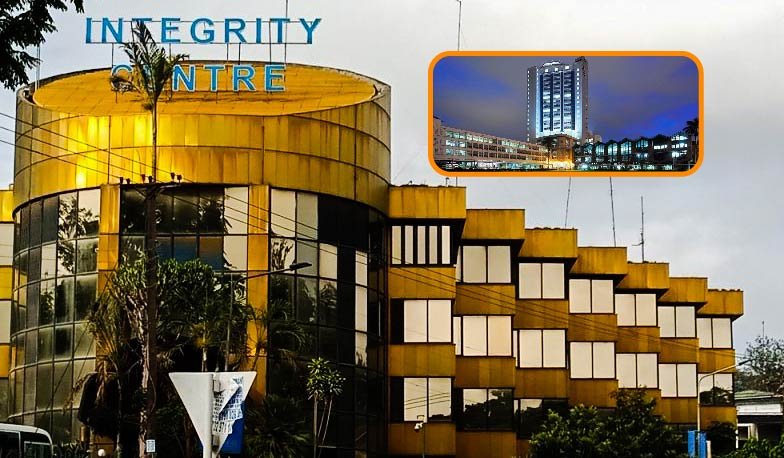Explore the hidden realms of the internet as we delve into the enigmatic Dark Web. Beyond its shadowy reputation, discover its practical applications and the simple path to access it.
In the vast expanse of the internet, akin to an ocean, most users sail on the sunlit surface—the World Wide Web. Here, they encounter familiar digital artifacts and the ebb and flow of digital life. Yet, beneath this surface lies an uncharted realm—the Deep Web. Further down, in the darkest depths, lies the enigmatic Dark Web—a place often likened to the Kingdom of Hades.
Research unveils a startling fact: only a mere 4% of the internet is visible to the public. This revelation prompts us to embark on a journey through the Deep Web, the Dark Internet, and the Darknet—terms that signify concealed digital territories, hidden away from the everyday internet user.
The Dark Web, swathed in mystery, remains accessible only through specialized software. Its reputation for fostering illegal activities precedes it, but beneath this shadow lies practicality. This hidden realm holds significance for industry professionals willing to explore its depths.
The Dark Web bestows encrypted, private access to information, websites, and marketplaces. It evades the reach of traditional search engines, demanding specific software for entry. Operating on a peer-to-peer model, it champions decentralization and guarantees user anonymity.
While the Dark Web is infamous for its association with the illegal trade, it serves nobler purposes. In oppressive regimes, it empowers activists to bypass censorship and safeguard online privacy. Its presence advocates for free speech and unrestricted information access.
The Intricate Architecture of the Dark Web
Dark web sites mirror their surface web counterparts in content and style. However, their traffic flows differently, making tracking and shutdowns challenging. The sources of content remain elusive.
Surprisingly, merely accessing the Dark Web is not illegal. While it has housed nefarious activities, it is not inherently criminal. In authoritarian nations, it stands as a symbol of free expression.

Accessing the Dark Web is not as convoluted as it may seem. The TOR browser, once installed with the necessary tools, becomes the gateway to this clandestine realm.
Just as the user’s IP address cloaks itself within layers of encryption to adopt another identity on the Tor network, so do the websites. The Dark Web operates as a collection of self-contained silos, obscuring the identities of site creators.
Exploring the Dark Web, though not inherently unlawful, is not without risks. A single misstep can unveil your identity. Thus, navigating these shadowy waters demands vigilance and discretion.
The Dark Web, often overshadowed by its association with criminality, harbors a multifaceted world that extends beyond its notorious reputation. It champions privacy, free expression, and resistance to censorship. While it remains an enigmatic corner of the internet, its accessibility underscores the importance of approaching it with caution and respect for its intricacies.






You must be logged in to post a comment.